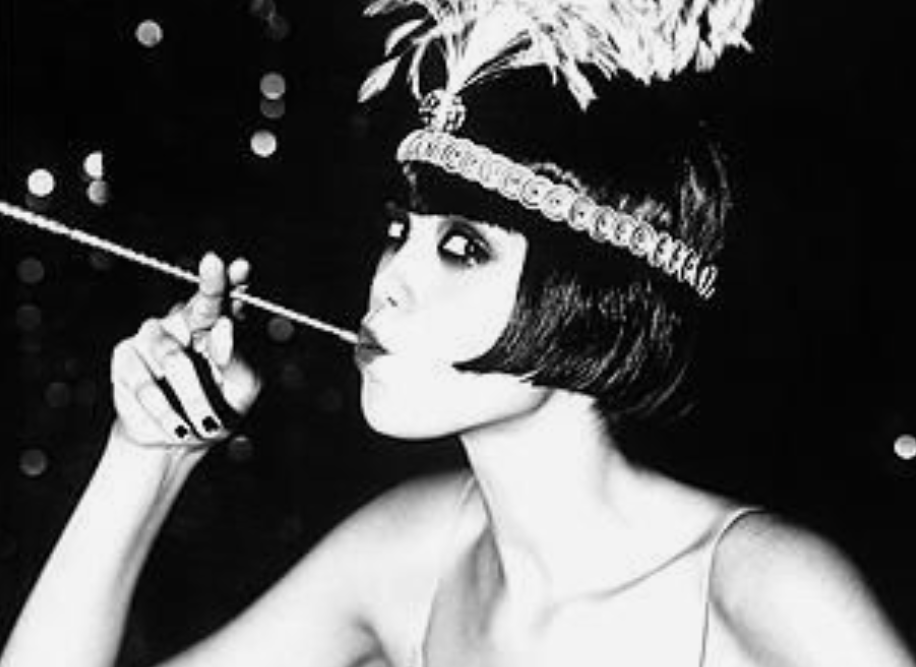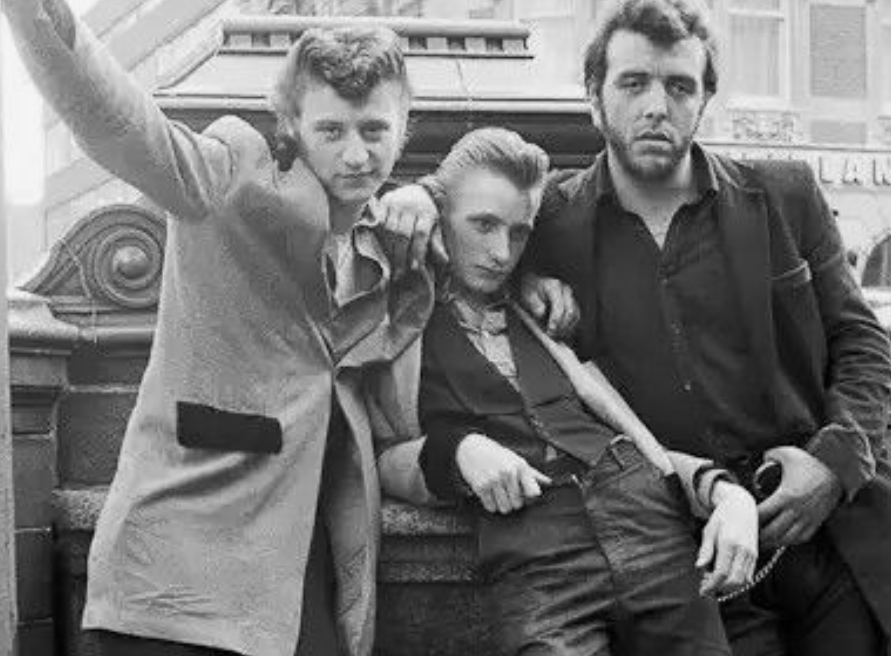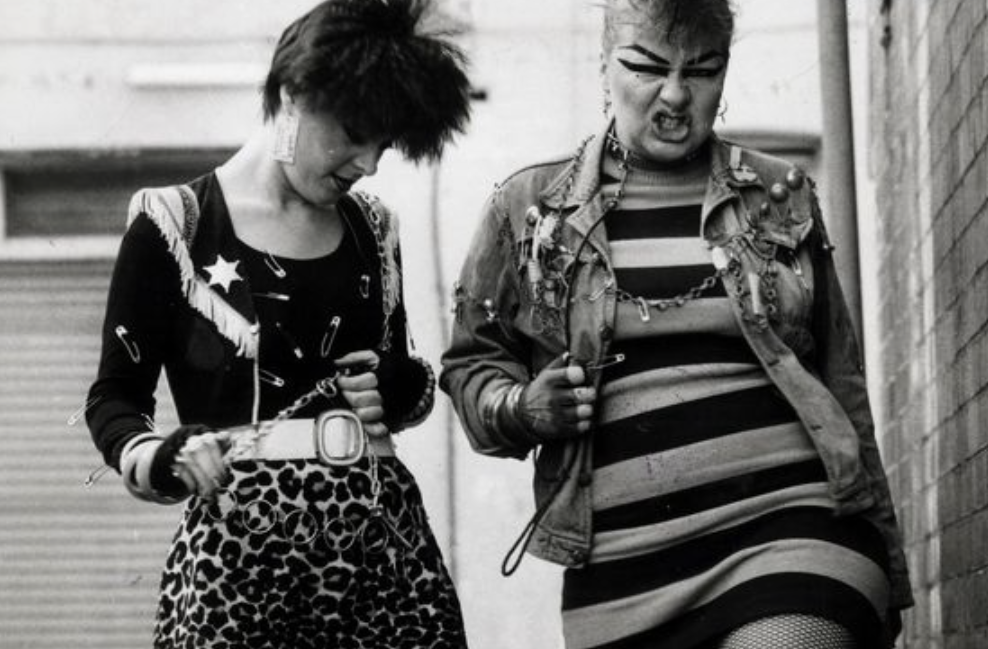Tracing Fashion Subcultures
As we know, fashion has not always functioned in the same way. Prior to the nineteenth century, everyone wore the same styles and were only set apart by class through nicer fabrics and more expensive colors. Like all things human, fashion has evolved over time with ever-changing socio-cultural norms. Fashion as a means of self-expression and artistic activism is a fairly new concept.
The twentieth century was a turning point for fashion as a brand-new entity. The first decade still closely followed the trends of the past, but with the newly fast-paced industrialized society, the advent of fashion subcultures was born.
One of the first that took society by storm was the flappers of the 1920s. The flapper look typically included short hairstyles and promiscuous knee-length skirts. What defined this particular movement was the outward disdain for the modesty of feminine culture in the past. Flappers would smoke and drink in public, they would listen and dance to live jazz at clubs, and would often be seen flirting with many different men. The flapper “revolution” was symbolized by the 20th century rebellion and was greatly influenced by the prohibition and new freedoms granted to women, like the right to vote. These women were pioneers in diminishing the importance of taboos, and they established the association of fashion with evolving social behavior.
As everything is interconnected, the wartime societies of the twentieth century had a substantial impact on the fashion industry. Following World War II, many nations around the globe were still faced with the rationing of food and materials. The first documented subculture of fashion is the infamous Teddy Boys. Think “Peaky Blinders” meets a clearance sale. After the war, many designers thought that men returning back to society would be on the hunt for Edwardian-inspired looks of the past, though they soon realized that their target demographic was looking for something new. These overproduced pieces found their way into discount stores to be purchased by teenagers. The Teddy Boys were symbolized by a rebellion of waste during times of ration. Due to their violent nature, they also became associated with rock ‘n’ roll music. Rock ‘n’ Roll was considered extremely taboo at the time it gained popularity. Songs were beginning to be written about quite literally anything, and many artists gained recognition after releasing songs talking about many of the social movements happening at the time. This was seen as a threat to the way that things had been for people of the older generations and thus was frowned upon.
Subcultures reached their peak in the mid-twentieth century as a result of education becoming more accessible and significant economic growth. Like father and son, the Teddy Boys developed alongside other cultural aspects and would go on to influence the Punk Rock subcultures of the 60s and 70s. Punk was a movement endorsing anti-establishment ideas, and it coincided with the themes of Rock ‘n’ Roll music. If we follow the family tree through the years, we see that subcultures began to branch off one another in ways that would shape the fashion we are blessed with today. Punk rock would go on to influence alternative rock, which would grow into grunge and so on. Fashion trends typically coincide with music trends, and these two are direct reflections of economic turbulence and social movements. The evolution of so many subcultures in fashion correlates with challenging the boundaries of societal norms, and thus, we’ve created the connection of fashion as an avenue of activism.
We are beyond lucky to exist in a time of fashion history in which we can express ourselves through any niche we see fit. Understanding that fashion is another avenue of identity and collectivity goes hand-in-hand with understanding why fashion took the turn it did - and for the better. Don’t just dress to impress; dress to change the world.
Strike Out,
Writer: Grace Groover
Editor: Cristina Angee
Tallahassee




